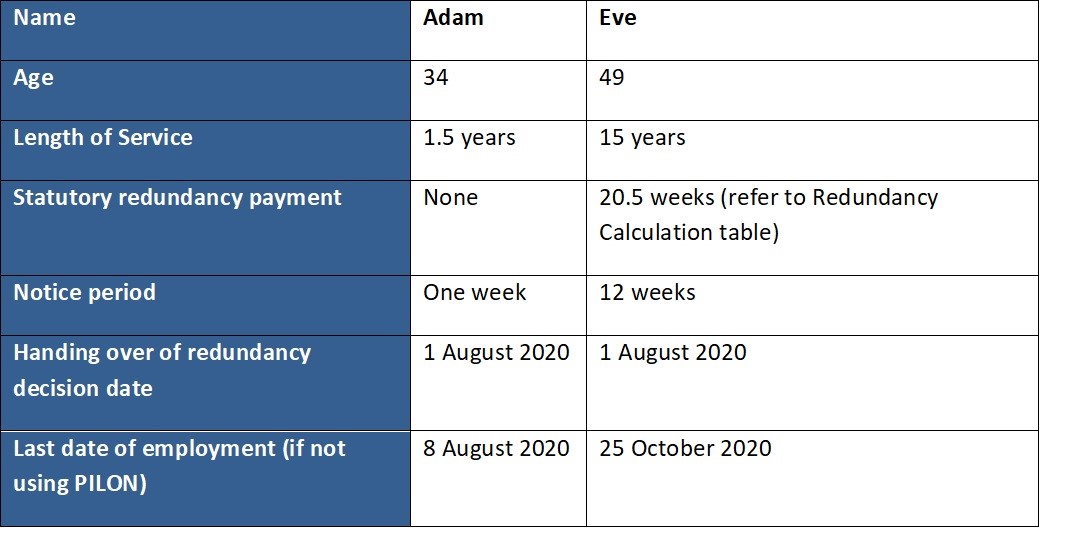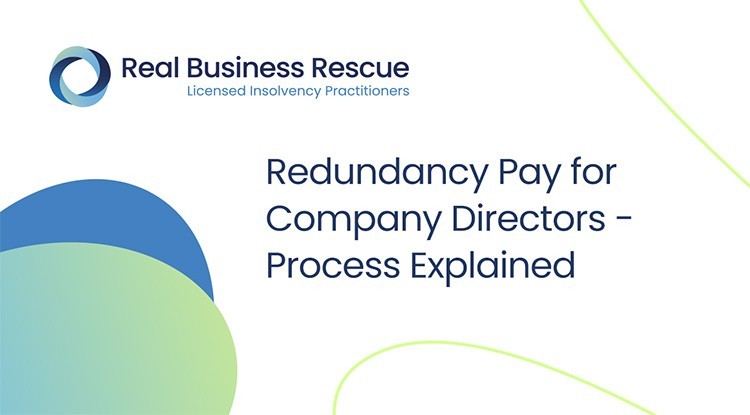What Happens to Redundancy If Company Goes Bust? A Guide to Your Rights
Wiki Article
Checking Out the Operational Dynamics of Business Redundancy and Its Long-Term Sustainability

Redundancy Approaches for Organization Connection
In order to make sure nonstop procedures, organizations must execute efficient redundancy techniques for organization connection. Redundancy in this context refers to the duplication of crucial elements or functions within a system to mitigate the influence of prospective failures. By integrating redundancy strategies, companies can enhance their resilience versus disturbances brought on by numerous aspects such as natural calamities, equipment failures, or cyber-attacks.
One typical redundancy strategy is the execution of back-up systems and data storage space remedies. This involves creating duplicates of necessary information and systems that can be triggered in instance of a main system failure. Furthermore, companies can develop redundant interaction networks and source of power to keep connection and procedures throughout unpredicted events.
In addition, cross-training staff members to do numerous roles within the company can serve as a beneficial redundancy approach. If key employees are not available due to disease or various other factors, this makes certain that vital tasks can still be brought out also. On the whole, efficient redundancy techniques are necessary for organizations to maintain functional continuity and minimize the impact of prospective interruptions.
Impact of Redundancy on Organizational Resilience
Provided the crucial role redundancy approaches play in guaranteeing service connection, exploring the impact of redundancy on business durability becomes important for understanding the holistic operational characteristics of a firm. Organizational resilience describes an entity's ability to adapt to interruptions, recover from setbacks, and change when necessary while maintaining core features. Redundancy, when purposefully applied, can dramatically add to boosting an organization's resilience when faced with unanticipated challenges. By having backup systems, personnel, or processes in location, companies can better stand up to shocks and continue operations with marginal disruption.In addition, redundancy can cultivate innovation and imagination within an organization as employees really feel empowered to take computed threats, recognizing that there is a safety and security web to sustain them in situation of failure. Overall, the effect of redundancy on business durability is profound, forming the long-term sustainability and success of a company.
Stabilizing Performance and Flexibility in Redundancy
Accomplishing a harmonious balance find here in between operational effectiveness and flexible flexibility is a crucial obstacle in the tactical implementation of redundancy within companies. Too much flexibility without a solid operational foundation can result in inadequacies and inconsistency.To stabilize efficiency and versatility in redundancy planning, organizations need to meticulously assess their functional needs, market characteristics, and strategic objectives. Inevitably, locating the right stability in between efficiency and versatility is critical for constructing a lasting and durable organization in the face of uncertainty.
Long-Term Sustainability Via Redundancy Preparation
To make certain enduring viability and security, companies must tactically align their redundancy planning with long-term sustainability objectives, therefore integrating operational effectiveness with adaptive flexibility. Firms should watch redundancy not as a responsive remedy to immediate problems however as a positive technique for lasting success.
Aggressive Measures for Lasting Business Procedures
How can firms proactively enhance their functional sustainability for lasting success? Applying aggressive steps is important for companies intending to guarantee lasting procedures.Moreover, fostering a culture of continual renovation and understanding within the organization can enhance flexibility to altering market conditions and client demands. Urging worker involvement in decision-making processes and providing chances for specialist advancement can increase spirits, performance, and overall efficiency. Developing clear goals, checking vital performance indicators, and frequently examining progress are important elements of positive sustainability monitoring.
Collaborating with providers, consumers, and other stakeholders to additional resources advertise sustainable practices throughout the supply chain can produce a causal sequence of positive influence - redundancy pay if company goes bust. By taking proactive actions towards operational sustainability, companies can build strength, drive technology, and secure their long-term success in an ever-evolving organization landscape
Verdict

In the realm of business administration, the strategic release of company redundancy stands as a crucial yet elaborate technique that requires a fragile balance in between operational effectiveness and long-term feasibility. By dissecting the operational characteristics that underpin company redundancy and examining its broader ramifications for organizational durability and flexibility, a nuanced understanding of how redundancy methods can shape the future trajectory of a firm starts to unfold.Provided the critical function redundancy approaches play in guaranteeing organization continuity, checking out the effect of redundancy on organizational durability comes to be crucial for understanding the alternative functional characteristics of a firm. In general, the Resources effect of redundancy on business strength is extensive, shaping the long-term sustainability and success of a business.
In final thought, recognizing the functional dynamics of company redundancy is vital for making certain long-term sustainability.
Report this wiki page